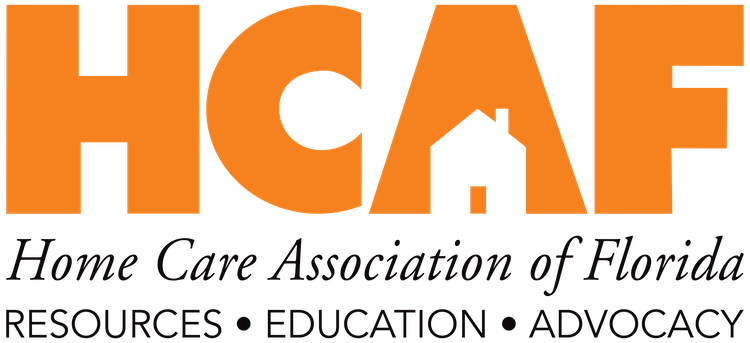Florida Sepsis Readmissions Data Highlights Regional Variations and Opportunities for Improvement

Florida Sepsis Readmissions Data Highlights Regional Variations and Opportunities for Improvement
Home health providers play a pivotal role in preventing hospital readmissions, particularly for high-risk conditions such as sepsis. Recent data from Alliant Health Solutions, a non-profit organization serving as a Quality Innovation Network – Quality Improvement Organization (QIN-QIO) and Hospital Quality Improvement Contractor (HQIC) for the Centers for Medicare & Medicaid Services (CMS), offers critical insights into sepsis-related 30-day readmissions across 25 communities in Florida. The findings below highlight areas where targeted interventions could enhance patient outcomes. Click here to access the full report.
Sepsis 30-Day Readmission Rates by Region
In Q1 2024, the statewide sepsis 30-day readmission rate was 20.3%, with significant variations across regions:
- Highest Readmission Rates: Region 31 (western Orange County) led with a rate of 26.7%, followed by Region 9 (Citrus and Hernando counties) at 25.7%, and Region 12 (Polk County) at 24.5%.
- Near-Average Performers: In areas such as Region 16 (Charlotte, Lee, Hendry, and Collier counties) at 20.9%, Region 11 (Hardee, De Soto, Highlands, Okeechobee, and Glades counties) at 20.7%, and Region 33 (Sarasota and Manatee counties) at 20.6% were close to the statewide average.
- Best Performers: Region 1 (Jackson, Gadsden, Calhoun, Liberty, Wakulla, Gulf, and Franklin counties) reported the lowest rate of 11.8%, with Region 3 (Lake and Sumter counties) at 17.2%, and Region 6 (Okaloosa, Walton, Holmes, Washington, and Bay counties) at 17.4%.
These variations highlight the need for targeted strategies in high-readmission areas, while regions with lower rates can provide best practices to model and replicate.
Year-Over-Year Sepsis Readmission Improvement Rates (Q1 2023 to Q1 2024)
The improvement in sepsis 30-day readmission rates from Q1 2023 to Q1 2024 offers a window into the effectiveness of current interventions:
- Top Improvers: Region 9 showed the most improvement, reducing readmissions by 12.1%, followed by Region 32 (Martin and Palm Beach counties) with a 6.8% gain and Region 24 (Madison, Lafayette, Taylor, and Dixie counties) at 6.2%.
- Moderate Gains: Regions 30 (Brevard County) and 31 saw reductions of 5.0% and 3.8%, respectively.
- Declining Performance: Region 29 (Leon and Jefferson counties) saw the steepest decline, with a -4.9% reduction in performance, followed by Region 6 at -3.7% and Region 3 at -2.5%.
These results show that while many regions are making strides, others require additional resources and focus to reverse declining trends.
Statewide Sepsis 30-Day Readmission Trend (Q3 2020 to Q1 2024)
The statewide trend offers a broader perspective on how sepsis readmissions have evolved, particularly in response to the COVID-19 pandemic. During the peak of the pandemic in Q3 2020, the readmission rate stood at 20.5%, rising to 20.8% in Q4 2020 as the health system dealt with unprecedented challenges.
As the pandemic waned, the rate improved, dropping to 19.9% in Q3 2021. However, it spiked again to 20.7% in Q4 2021. Post-pandemic, sepsis readmission rates stabilized, reaching a low of 19.7% in Q1 2023 before returning to 20.3% by Q1 2024.
Key Takeaways for Home Health Providers
This data reinforces the essential role home health providers play in reducing sepsis readmissions. Providers in regions with higher readmission rates should focus on targeted approaches, such as enhancing post-discharge care, improving patient education, and closely monitoring sepsis symptoms. Meanwhile, providers in top-performing regions can share their best practices to help elevate care standards across the state.
Although the home care setting offers numerous advantages for patients, there is still a risk of infection. Providers should prioritize resources to protect both patients and caregivers from contracting sepsis. Access resources from the Sepsis Alliance here.
